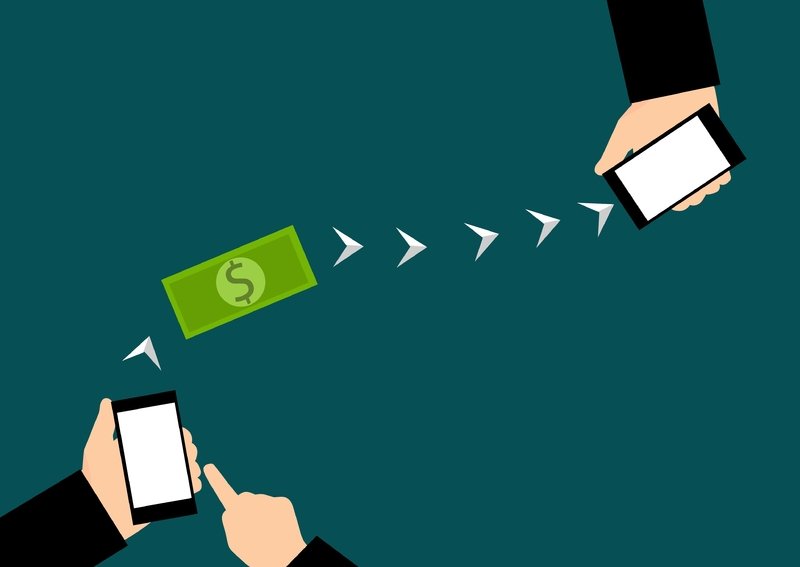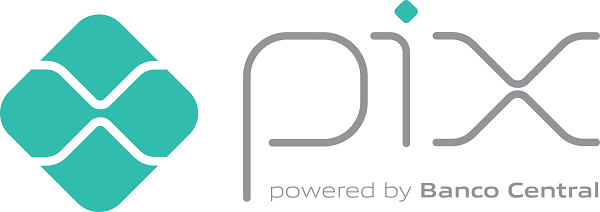Pix is a method of instant money transfer and instant electronic payment in Brazilian reais. It was developed and offered by the Central Bank of Brazil to individuals and companies. This system operates 24 hours a day, uninterruptedly, being the most recent means of payment of the Brazilian Payments System.
This Content Is Only For Subscribers
To unlock this content, subscribe to INTERLIRA Reports.
Being quite simple and fast, it soon became the most popular method of payment, however, it attracted the interest of criminals as well. They saw in this tool a way to improve old crimes, such as express kidnappings and various types of scams. Thus, authorities have responded by implementing new security features and rules.
Criminals Exploit the PIX
This real time money transfer technology allowed criminals to innovate in the ways they could rob people, leading to a rise in the number of kidnappings and other related crimes.
Authorities connected to the development of this mechanism say that it is quite reliable against hacks and virtual attacks. They claim that so far no transaction has been intercepted. On the other hand, the Brazilian public security scenario represents an issue. People became more attractive for cell phone theft, for social engineering, for extortion and for kidnapping.
Previously, criminals had to take someone to an ATM to withdraw money, now through PIX, they just take the victim to a hiding place and force her/him to give passwords. This led to an increase in express kidnappings.
São Paulo is one of the most affected states, where the monthly average of express kidnappings has grown by 35.40% and reached a rate of 89 crimes of this type per month in 2021. The data compare the years 2020 and 2021. The trend continues in 2022, when many cases have been reported.
In Rio de Janeiro state, the number of express kidnappings has been growing for three consecutive years. In 2020, when the PIX was released, cases rose by 6%, in the next year, again by 6%, and in 2022, until November, the a 59% increase was recorded.

Criminals also invested on dating apps or on e-commerce platforms to find their victims. Criminals create fake profiles and lure the targets into a trap at a location, time and circumstance that hinders the victim from reacting, thus becoming an easy target. From this point onwards, they can force the victim to pay via PIX and/or go to his/her house and rob it.
WhatsApp scams have PIX as their transfer medium par excellence. A common example is the “Fake Profile” scam, in which the criminals create a fake account on the app using the victim’s picture and then ask the contacts for money.
Changes to Improve
On 2 January, new rules for the PIX instant payment system, announced by the Central Bank on November, came into force. According to the Central Bank, the changes came to offer more security and flexibility for the users. Under the new rules, banks are no longer required to impose an amount limit per transaction and are only required to determine a limit per period of time. Thus, those who have a daily limit of R$3,000, for example, can use it all in a single transaction.
The rules for customers to request changes to the limit are the same: if the customer asks for a reduction, the bank must reduce it immediately; if the request is for an increase, it must be authorized between 24h and 48h. When the user is a legal entity, the parameters for defining transaction limits are left to the discretion of the bank.
Another change was related to night hours: it becomes optional for banks to offer customization of different night hours, for which the customer can request a lower limit for their transactions. Normally, the nighttime is between 20:00 and 06:00, but banks will be able to offer customers the possibility to change this time to between 22:00 and 06:00.
Another novelty is the increase in the limit value for withdrawing money through PIX Withdrawal and PIX Change. The limit during the day goes from R$500 to R$3,000. And overnight, it goes from R$100 to R$1,000.
Our Analysis:
For security reasons, users should keep the Pix limit low and, on particular occasions, when it is necessary to increase it, schedule it in advance. The changes increase flexibility, so if it is necessary to make a larger transfers, it will be possible to do that with ease. However, this increase in freedom can have negative consequences, which is related to the possibility of greater impacts in case of frauds, express kidnappings, and robberies/thefts of cell phones with further invasion of bank accounts. There are many crimes that exploit the Pix, thus the possibility of rising the volume of money increase the risks proportionally.
The Banks are Liable
In addition to the changes in the way PIX works, in the second half of 2022, another fact came to improve security for those that use this method of financial transaction. The São Paulo Court of Justice understood that banks are responsible for preventing financial fraud involving Pix.
A guidance provided to judges reinforced the idea that PIX users are the most vulnerable part, providing greater chances that they will be reimbursed by financial institutions, in cases of atypical bank transactions.
The Central Bank has also adopted several mechanisms to curb cases of fraud, such as the Special Return Mechanism (MED), precautionary blocking (when the institution holding the recipient’s account suspects fraud), notification of infraction. Furthermore, institutions that offer PIX to their customers have a duty to be responsible for fraud arising from failures in their own risk management mechanisms.
What to Do If You Become a Victim
When someone becomes a victim of a scam or fraud, the Central Bank advises people to:
- Contact the his/her own bank or the bank of the alleged scammer to try to reimburse you
- Then, go to the police to file a police report
- It is up to the payment service provider to analyze the case of fraud and the possible reimbursement
- If the problem is not solved, people should seek the institution that protects consumers (Procon) or the Justice
- The citizen can also file a complaint with the Central Bank against the institution where he or the scammer has an account
- It is also possible to request the money back through MED
How Does MED Work?
The Special Return Mechanism (MED) is a feature that allows you to recover the money from the destination account and return it to the source account, when a case of fraud is detected.
In this type of situation, it is necessary to register an incident report and immediately notify the banking institution through the official service channel, such as SAC or Ombudsman.
The victim’s bank, in turn, will use Pix’s infrastructure to notify the institution receiving the transfer, so that the resources are blocked.
The payer’s institution and that of the possible scammer have up to seven days to make a more robust analysis of the case.
If fraud is proven, the institution where the operation was carried out returns the funds to the payer’s account, who must credit the customer’s account accordingly.




